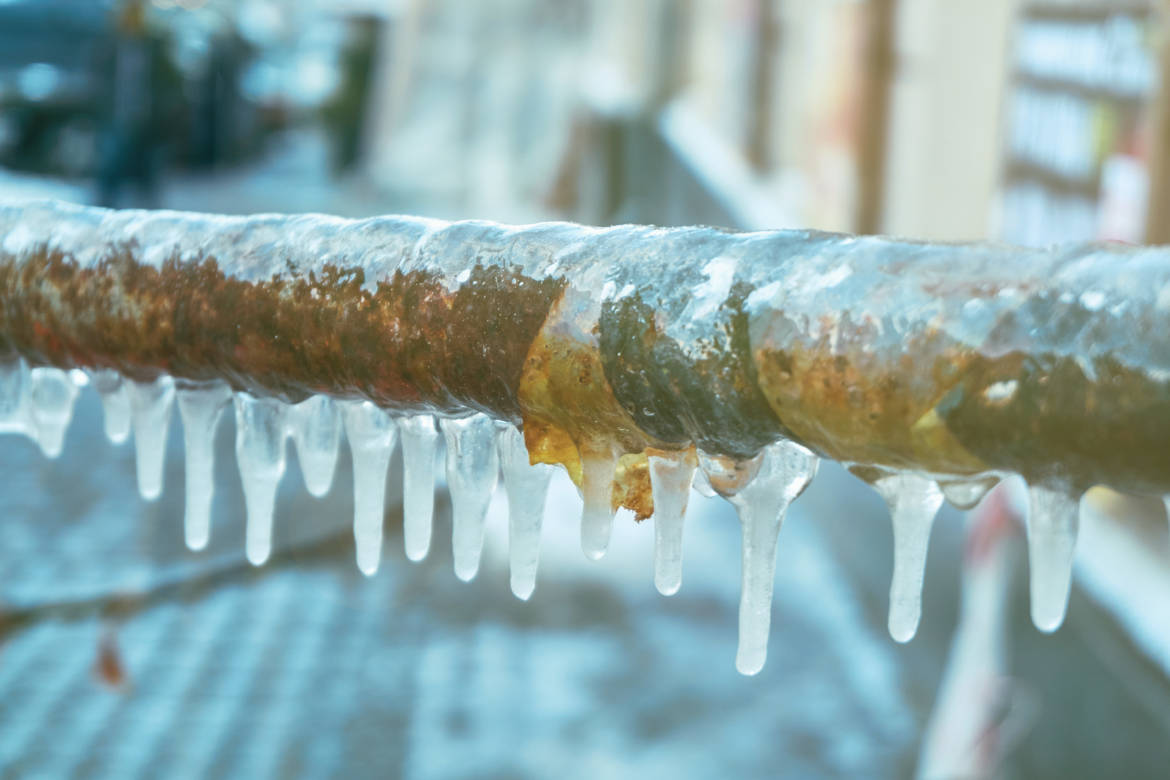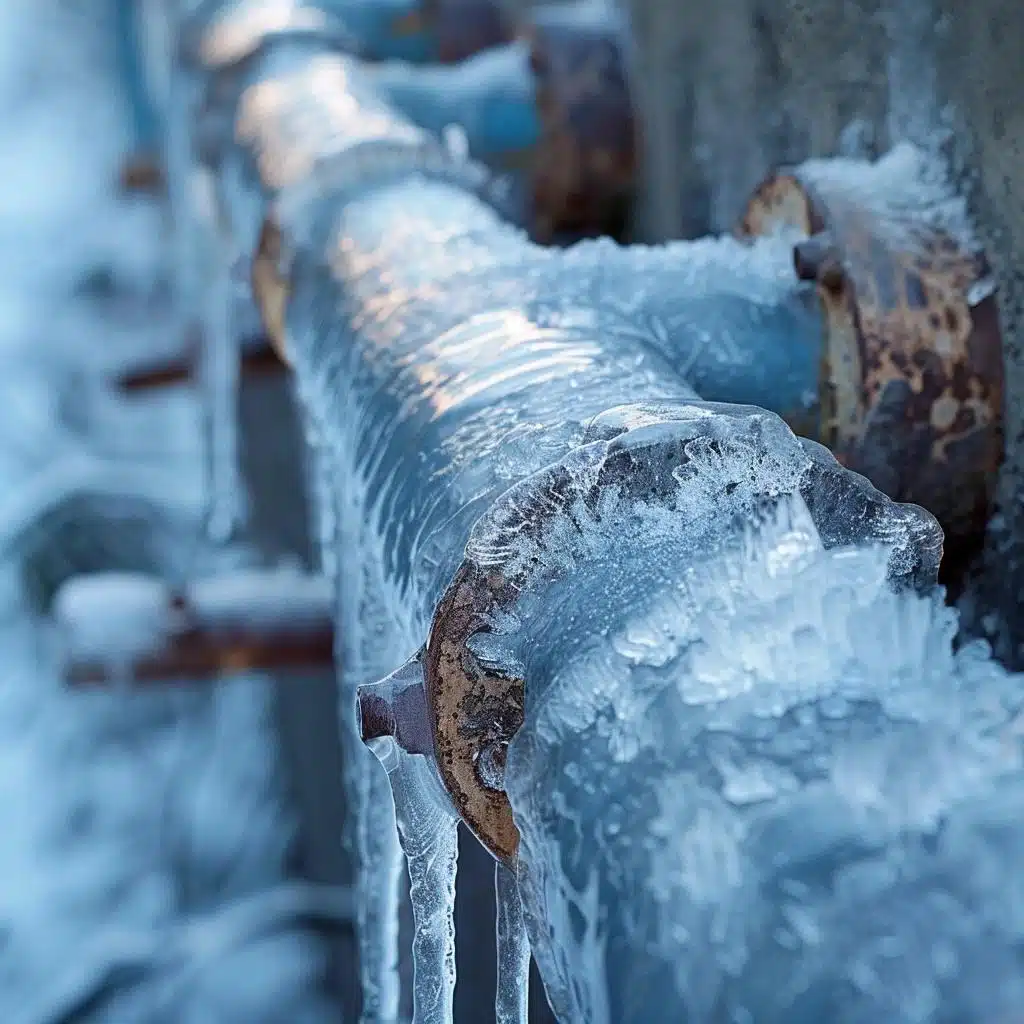Tips for Avoiding Frozen Plumbing in Winter: Expert Insights
Tips for Avoiding Frozen Plumbing in Winter: Expert Insights
Blog Article
The author is making several good points about How to prepare your home plumbing for winter weather in general in the content underneath.

Winter can wreak havoc on your pipes, specifically by freezing pipes. Below's how to avoid it from happening and what to do if it does.
Introduction
As temperature levels decline, the risk of frozen pipes rises, potentially causing costly fixings and water damage. Understanding just how to stop icy pipes is important for house owners in cool environments.
Prevention Tips
Insulating susceptible pipes
Cover pipes in insulation sleeves or use warm tape to safeguard them from freezing temperature levels. Concentrate on pipes in unheated or exterior areas of the home.
Heating strategies
Maintain interior rooms appropriately warmed, particularly locations with plumbing. Open cupboard doors to allow warm air to flow around pipelines under sinks.
Exactly how to identify icy pipelines
Search for decreased water flow from faucets, uncommon smells or noises from pipes, and visible frost on revealed pipes.
Long-Term Solutions
Architectural adjustments
Think about rerouting pipelines far from outside walls or unheated areas. Add additional insulation to attic rooms, cellars, and crawl spaces.
Updating insulation
Buy premium insulation for pipes, attics, and walls. Proper insulation helps preserve regular temperature levels and reduces the threat of icy pipes.
Shielding Outside Pipes
Garden pipes and outside faucets
Disconnect and drain yard tubes prior to winter season. Mount frost-proof faucets or cover outdoor taps with shielded caps.
Comprehending Frozen Pipes
What triggers pipes to freeze?
Pipelines ice up when subjected to temperatures below 32 ° F (0 ° C) for expanded periods. As water inside the pipes ices up, it increases, taxing the pipeline wall surfaces and potentially triggering them to burst.
Risks and damages
Icy pipelines can cause water system disruptions, building damages, and pricey repair work. Burst pipelines can flood homes and create comprehensive structural damages.
Signs of Frozen Pipeline
Recognizing frozen pipelines early can stop them from rupturing.
What to Do If Your Pipes Freeze
Immediate activities to take
If you presume icy pipelines, maintain faucets open up to alleviate pressure as the ice thaws. Make use of a hairdryer or towels taken in hot water to thaw pipes slowly.
Verdict
Protecting against frozen pipes calls for positive actions and fast responses. By comprehending the reasons, indicators, and safety nets, homeowners can secure their pipes throughout winter.
5 Ways to Prevent Frozen Pipes
Drain Outdoor Faucets and Disconnect Hoses
First, close the shut-off valve that controls the flow of water in the pipe to your outdoor faucet. Then, head outside to disconnect and drain your hose and open the outdoor faucet to allow the water to completely drain out of the line. Turn off the faucet when done. Finally, head back to the shut-off valve and drain the remaining water inside the pipe into a bucket or container. Additionally, if you have a home irrigation system, you should consider hiring an expert to clear the system of water each year.
Insulate Pipes
One of the best and most cost-effective methods for preventing frozen water pipes is to wrap your pipes with insulation. This is especially important for areas in your home that aren’t exposed to heat, such as an attic. We suggest using foam sleeves, which can typically be found at your local hardware store.
Keep Heat Running at 65
Your pipes are located inside your walls, and the temperature there is much colder than the rest of the house. To prevent your pipes from freezing, The Insurance Information Institute suggests that you keep your home heated to at least 65 degrees, even when traveling. You may want to invest in smart devices that can keep an eye on the temperature in your home while you’re away.
Leave Water Dripping
Moving water — even a small trickle — can prevent ice from forming inside your pipes. When freezing temps are imminent, start a drip of water from all faucets that serve exposed pipes. Leaving a few faucets running will also help relieve pressure inside the pipes and help prevent a rupture if the water inside freezes.
Open Cupboard Doors
Warm your kitchen and bathroom pipes by opening cupboards and vanities. You should also leave your interior doors ajar to help warm air circulate evenly throughout your home.

As a serious person who reads on How to Prevent Your Pipes From Freezing, I think sharing that piece of content was a good thing. For those who enjoyed reading our blog posting please don't forget to share it. Thank you so much for your time spent reading it.
Quote Report this page